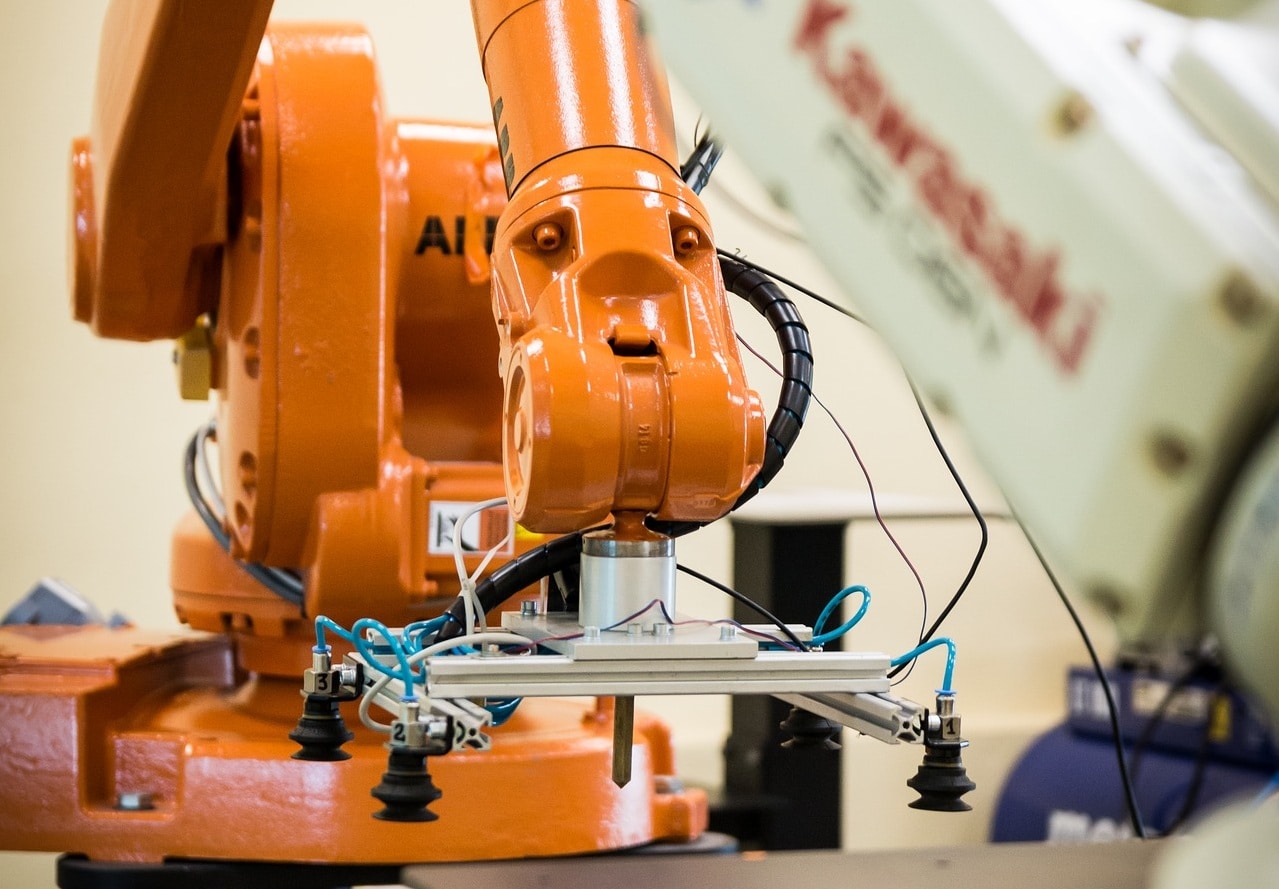Small Factory Ideas 2025: Embracing Innovation and Sustainability
Related Articles: Small Factory Ideas 2025: Embracing Innovation and Sustainability
- Closet Organization Ideas For Small Spaces In 2025: Maximize Space And Enhance Functionality
- Ideas For Projects 2025: Shaping The Future With Innovation
- Fast Ideas For Supper In 2025: Culinary Innovations For The Time-Pressed
- Breakfast Ideas With Eggs And Cheese 2025: A Culinary Odyssey
- Ideas Lab 2025: Catalyzing Innovation And Shaping The Future
Introduction
In this auspicious occasion, we are delighted to delve into the intriguing topic related to Small Factory Ideas 2025: Embracing Innovation and Sustainability. Let’s weave interesting information and offer fresh perspectives to the readers.
Table of Content
Video about Small Factory Ideas 2025: Embracing Innovation and Sustainability
Small Factory Ideas 2025: Embracing Innovation and Sustainability

As we approach 2025, the manufacturing landscape is poised to undergo a profound transformation. Technological advancements, changing consumer demands, and sustainability concerns are driving the need for innovative small factory models. This article explores 10 promising small factory ideas that are expected to gain traction in the coming years.
1. Smart and Connected Factories:
Leveraging the Internet of Things (IoT) and artificial intelligence (AI), smart factories optimize production processes, reduce downtime, and improve efficiency. Sensors monitor equipment, collect data, and provide real-time insights, enabling proactive maintenance and predictive analytics.
2. Additive Manufacturing (3D Printing):
3D printing empowers small factories to produce complex parts and prototypes on-demand, reducing lead times and minimizing material waste. This technology enables the creation of customized products, opening up new market opportunities.
3. Green and Sustainable Manufacturing:
Driven by environmental concerns, small factories are adopting eco-friendly practices. This includes using renewable energy sources, implementing energy-efficient technologies, and reducing carbon emissions. Sustainable manufacturing practices enhance brand reputation and align with consumer values.
4. Microfactories for Local Production:
Microfactories bring production closer to consumers, reducing transportation costs and improving responsiveness to local demand. These small-scale facilities focus on producing customized products in small batches, catering to niche markets.
5. Digital Twin Factories:
Digital twins are virtual replicas of physical factories. They enable manufacturers to simulate production processes, test new designs, and optimize layouts before implementing changes in the real world. This reduces risk and improves decision-making.
6. Collaborative Robotics:
Collaborative robots, or cobots, work alongside human workers, enhancing productivity and safety. Cobots can perform repetitive tasks, handle heavy loads, and assist with assembly processes. This collaboration frees up human workers for more complex and creative tasks.
7. On-Demand Manufacturing:
On-demand manufacturing allows small factories to produce products based on real-time customer orders. This eliminates inventory waste and enables manufacturers to respond quickly to changing market demands.
8. Modular and Reconfigurable Factories:
Modular factories can be easily reconfigured to accommodate changes in production requirements. This flexibility allows small factories to adapt to evolving market conditions and diversify their product offerings.
9. Predictive Maintenance:
Predictive maintenance uses data analytics to identify potential equipment failures before they occur. This proactive approach minimizes downtime, reduces maintenance costs, and improves overall equipment effectiveness.
10. Augmented Reality (AR) for Training and Production:
AR overlays digital information onto the real world, enhancing training and production processes. AR glasses provide workers with step-by-step instructions, remote assistance, and real-time data visualization, improving efficiency and reducing errors.
Conclusion:
The future of small factories lies in innovation, sustainability, and adaptability. By embracing these emerging trends, small factories can compete effectively in a rapidly changing manufacturing landscape. These 10 small factory ideas provide a glimpse into the future of manufacturing, empowering small businesses to succeed and thrive in the years to come.
![[IMGSRCTITLE2]](https://www.startus-insights.com/wp-content/uploads/2020/12/Sustainable-Manufacturing-Startups-Manufacturing-SharedImg-StartUs-Insights-noresize.png)
![[IMGSRCTITLE3]](https://i.ytimg.com/vi/dhYHwioPBxU/maxresdefault.jpg)
![[IMGSRCTITLE4]](https://timesnext.com/content/images/wp-content/uploads/2020/05/Small-Scale-Manufacturing-Ideas-1.jpg)
![[IMGTITLE5]](https://www.ptc.com/-/media/Images/blog/Windchill/post-images/guide-to-sustainable-product-design2.png)
![[IMGTITLE6]](https://realitypaper.com/wp-content/uploads/2020/12/pexels-kateryna-babaieva-2965260-750x500.jpg)
![[IMGTITLE7]](https://pebsteel.com/wp-content/uploads/2022/09/image-79.png)
![[IMGTITLE8]](https://www.startus-insights.com/wp-content/uploads/2021/11/Manufacturing-Startups-TrendResearch-InnovationMap-StartUs-Insights-noresize.png)
![[IMGTITLE9]](https://www.mckinsey.com/~/media/mckinsey/business%20functions/operations/our%20insights/the%20future%20of%20manufacturing/mafu12_frth.jpg)
Closure
Thus, we hope this article has provided valuable insights into Small Factory Ideas 2025: Embracing Innovation and Sustainability. We thank you for taking the time to read this article. See you in our next article!